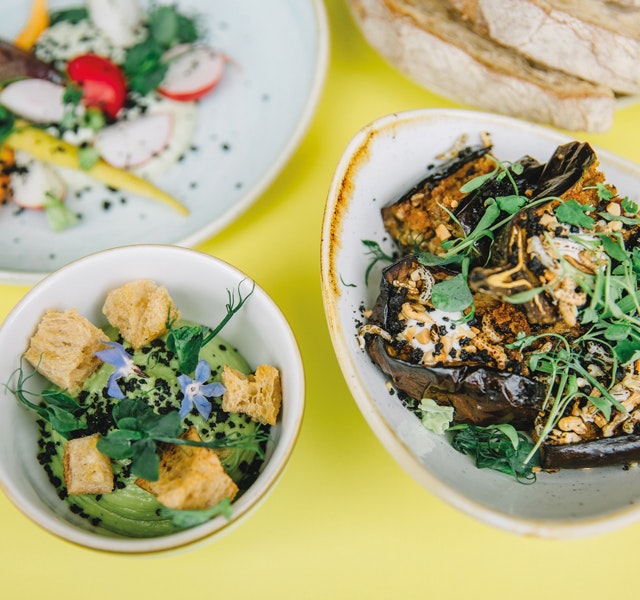Most recent articles
Join Our Newsletter

Discover more about Greenwich Peninsula...

Food & Drink
From coffee shops and street food to pubs and supper clubs, there is so much to explore.

Live here
Find out more about how you can live on the Peninsula. With rentals, ownership and investment options available.